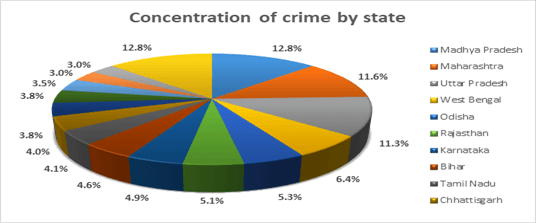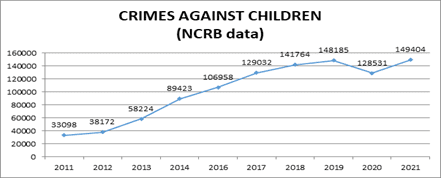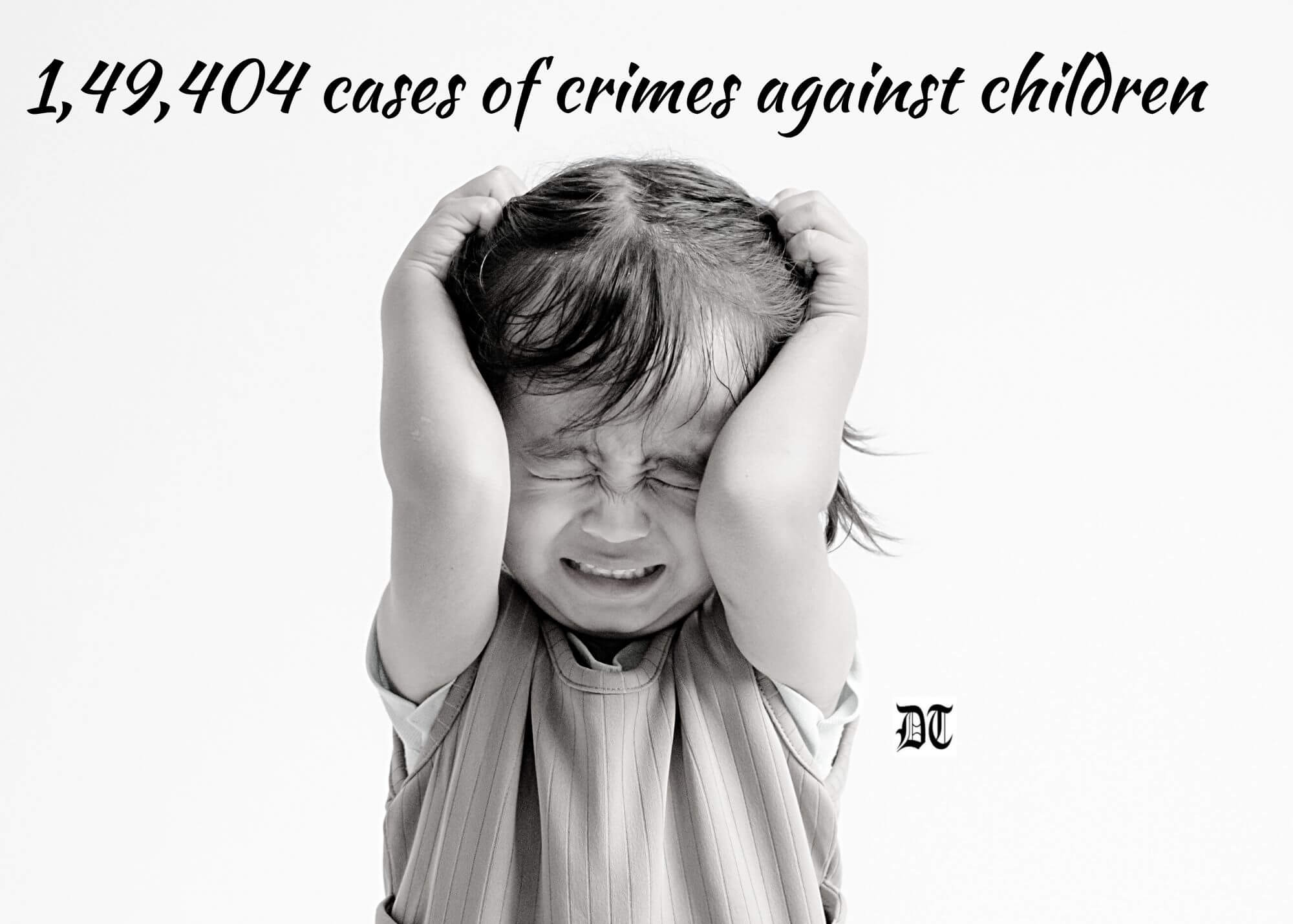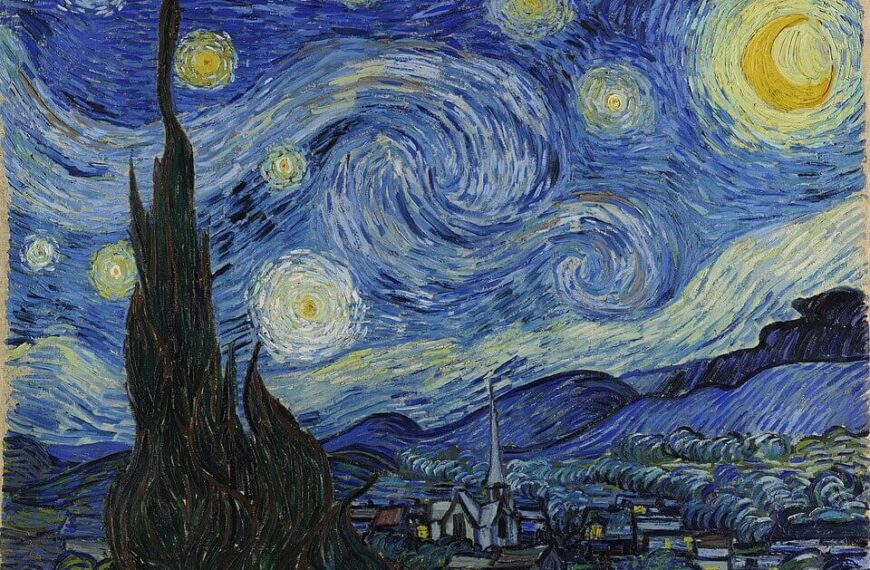There is a 16.2 per cent rise in the number of crimes against children compared to last year, according to NCRB data. It works out to 409 crimes against children every day – a report in Different Truths.
A quick analysis of the NCRB report 2021 by CRY – Child Rights and You reveals that 1,49,404 cases of crimes against children were recorded last year, which meant that every hour 17 crimes were committed against children – translating to a whopping 409 numbers of crimes being committed every day against children in the country, according to a press release.
There is a worrying rise in the number of crimes against children when compared to last year – while NCRB data revealed that 1,28,531 cases of crimes were recorded in 2020, a total number of crimes stood at 1,49,404 in 2021 – indicating a remarkable 16.2 per cent increase in crimes reported against children.
It was informed that a close look at the decadal scenario indicates an alarming upward trend where crimes against children increased sharply by 351% between 2011 and 2021.
Further analysis of the NCRB 2021 data suggests that sexual offences against children, especially girls, are steadily on the rise
Further analysis of the NCRB 2021 data suggests that sexual offences against children, especially girls, are steadily rising, as one out of every three crimes against children are registered under the POCSO Act (53,874 out of 1,49,404 – i.e. 36.1 per cent of total crimes against children). More importantly, sexual crimes against children show an extreme gender tilt as adolescent girls within 12 to 16 years is reported to be the victims in more than 99 per cent of the cases registered under the POCSO Act, the release added.
| POCSO ACT VICTIMS AGE PROFILE 2021 | |||||
| Below 6 | 6-12 years | 12-16 years | 16-18 years | Total | |
| Total child Victims | 675 | 3297 | 13256 | 16275 | 33503 |
| Girls | 650 | 3157 | 13173 | 16206 | 33186 |
| Boys | 25 | 140 | 83 | 69 | 317 |
| % of girl victims | 96.30 | 95.75 | 99.37 | 99.58 | 99.05 |
State-wise distribution of crimes against children suggests that Madhya Pradesh, Maharashtra, Uttar Pradesh, West Bengal and Odisha account for nearly half of the crimes against children (47.4 per cent) in India.
Commenting on the trends, Puja Marwaha, the CEO of CRY – Child Rights and You, said, “While it’s heartening to see that there is increased public awareness which possibly translates into higher reporting of cases, it should also be kept in mind that in our country many cases often go unrecorded, especially in the remote areas – hence the actual scale of crimes committed against children may be higher than the numbers reflect. And it proves beyond doubt that, despite many Government measures having been taken, our children are nowhere close to a safe and protected childhood.”

The fear was that, in all likelihood, the COVID pandemic may have left children far more exposed and vulnerable.
“The fear was that in all likelihood, the COVID pandemic may have left children far more exposed and vulnerable when it came to issues related to child protection and may have increased risks for children manifold at multiple levels; and the current NCRB data has proved it right,” Puja added.
Commenting on the way forward, Puja suggested that “It’s time, more than ever, that urgent measures are needed to strengthen India’s child protection systems and ensure that efforts during humanitarian crises are swift, well-planned, and responsive to children’s and families priorities. Such a system would enable the following of due processes within stipulated timelines and adequately utilise the strengths of a dedicated cadre of child protection officials. But to ensure all these, it needs to have more resources – at both systemic and financial levels and is not attainable without adequate budget allocations for child protection and safety.”
CRY believes that the Village Level Child Protection Committees can play a critical role
Focusing on strengthening community-based child-protection mechanisms, Puja said, “CRY believes that the Village Level Child Protection Committees can play a critical role as the first ports of call to link with the formal system, and can go a long way in maintaining vigilance, identify vulnerable children and families at the community levels.”

“Also, Legal Services Clinics of National Legal Services Authority (NALSA) at the village levels and the Legal Literacy Club of NALSA at the high school levels should be fully functional to ensure access to Justice for children,” Puja highlighted.
Tables and graphs sourced from CRY. Feature picture by Different Truths





 By
By
 By
By
 By
By
 By
By